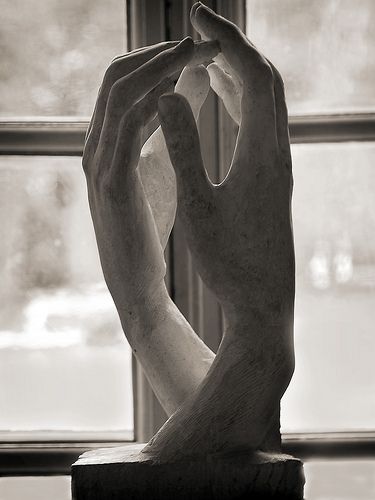While Hero and Leander and The Faerie Queene share remarkable similarities, the way the authors handle the theme of love is their stark difference. Hero and Leander is an erotic poem that fully indulges in eros – the physical, romantic side of love. Marlowe describes the main characters in great detail, focusing on and exaggerating their beauty. The heroine Hero is described: “She ware no gloves, for neither sun nor wind / would burn or parch her hands, but to her mind / Or warm or cool them, for they took delight / To play upon those hands, they were so white.” Hero is so beautiful that even natural forces treat her with special care.
Her lover Leander is likewise as beautiful: “Fair Cynthia wished his arms might be her sphere; / Grief makes her pale, because she moves not there. / His body was as straight as Circe’s wand; / Jove might have sipped out nectar from his hand.” These indulgent descriptions of physical beauty give the poem an emphasis on erotic love.
In contrast, Spenser considers erotic love a powerful force that can be sinful, and holds Platonic love in higher regard. Though the heroine Una is beautiful, Spenser emphasizes her dignity more than her sex appeal. She is described as “A lovely Ladie rode him faire beside, / Upon a lowly Asse more white then snow, / Yet she much whiter, but the same did hide / Under a vele, that wimpled was full low.” Una’s beauty seems to be an expression of her inner qualities.
Red Cross Knight is attracted to Una physically, and he eventually marries her. However, at one point he abandons her during his journey because he is tricked by an illusion of her trying to seduce him. The Knight is so disturbed by the thought of defiling the pure, ethereal love he has for Una that he flees and ends up committing sexual sin with Duessa. Unlike Marlowe, Spenser does not treat sex as a fun and casual subject. He maintains the traditional Christian opinion that sex outside of marriage is sinful.
Hero and Leander is meant to be a fun, comical retelling of an old tale with a focus on physical love to make the story enthralling. There is no implication of premarital sex being sinful, though the characters suffer disappointment after realizing that their hasty affair does not create a lasting bond between them. In The Faerie Queene, eros is handled with a serious tone. Both poems deal with the theme of pain caused by love; Hero and Leander suffer greatly by being separated, and Red Cross Knight experiences guilt for his sin of lust. One poet treats love lightly, while the other treats it as the most serious subject in the world. Personally, I agree with the latter view.

